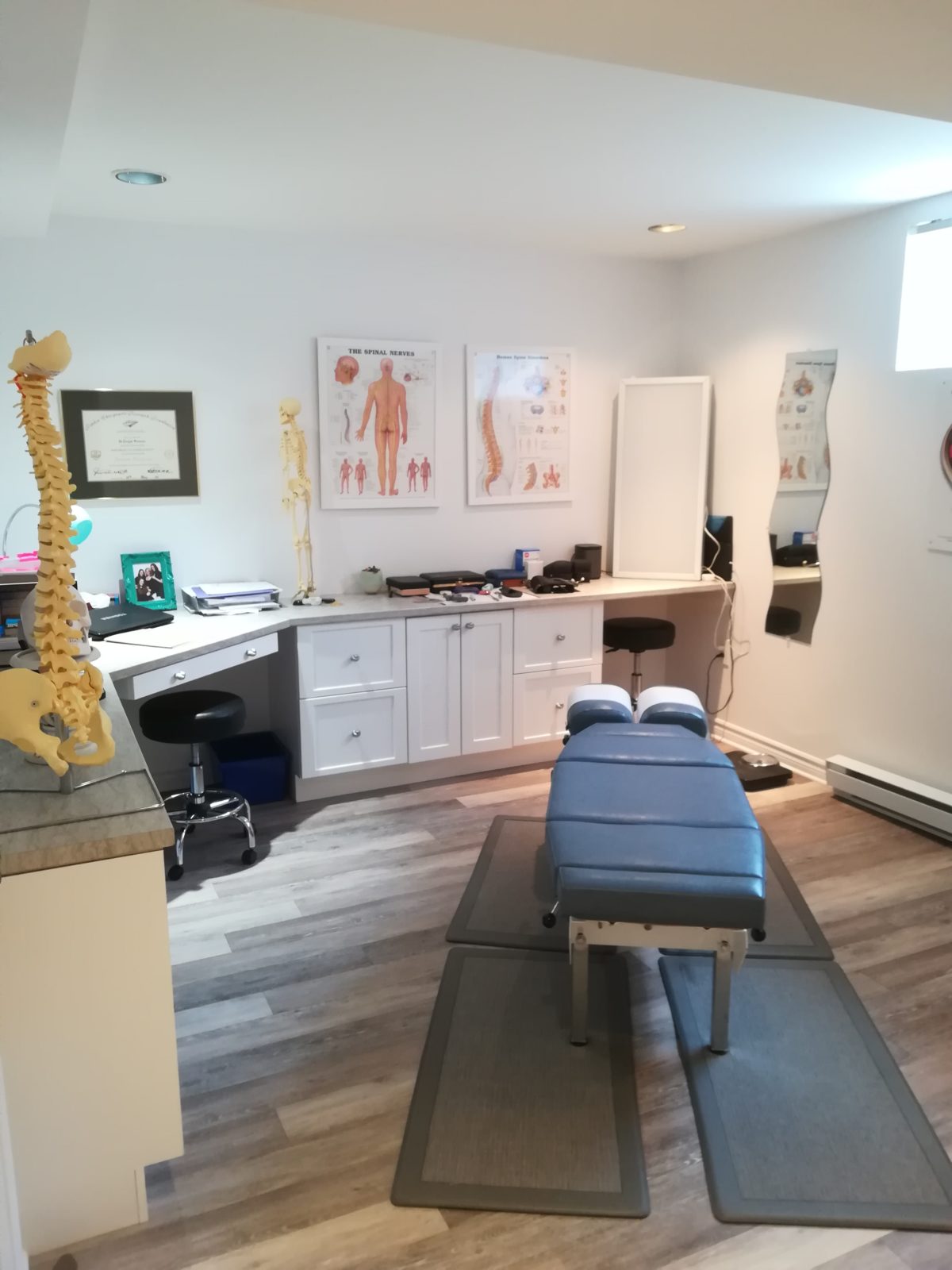There is one condition that seems so common, making us believe that it is a normal part of life: the headache. It seems so normal to see someone take a painkiller for a lingering headache, or to see them leave an activity early due to a migraine.
Contrary to popular belief, the headache is actually not a normal occurrence in a healthy body, and should be addressed rather than suppressed. As with any other symptom, it is the body’s way of showing us that there is a dysfunction.
So many factors may contribute to a headache ; poor sleep, high stress, poor nutrition, poor hydration, hormonal issues, eye problems, mouth/teeth issues, etc. On top of these factors, there is also the vertebral subluxation complex (VSC) that can highly affect the frequency and intensity of headaches.
The VSC is a chiropractic term for the misalignments that occur between the vertebrae of a spine. Headaches are especially susceptible to misalignments of the cervical spine (neck). When the vertebrae aren’t properly aligned and moving in their full range of motion, several things happen:
- The nervous system (relaying the brain to the rest of the spinal cord and nerves) gets irritated, resulting in sub-optimal nerve transmission.
- The blood vessels relaying blood to and from the head get compromised.
- The CSF’s (cerebro-spinal fluid) flow gets compromised. The CSF is a fluid that flushes out toxins and metabolic waste away from the central nervous system, all while pumping helpful nutrients into it.
- The muscles that insert on both the neck vertebrae and the cranium become tighter, causing tension on the head.
When chiropractors adjust the spines of their patients, they help restore normal alignment and motion of the spinal joints. This helps remove the tension on the nervous system, the blood vessels, the cerebro-spinal fluid, and the muscles, which results in fewer headaches (and less intense ones)!
For those that suffer from this symptom, make sure you are addressing all components of the issue. Re-evaluate your sleep, stress, diet, hydration, exercise… and make sure to get adjusted!
Most of the patients at my clinic have reported a drastic cut in the frequency and the intensity of their headaches since starting chiropractic care! 🙂





